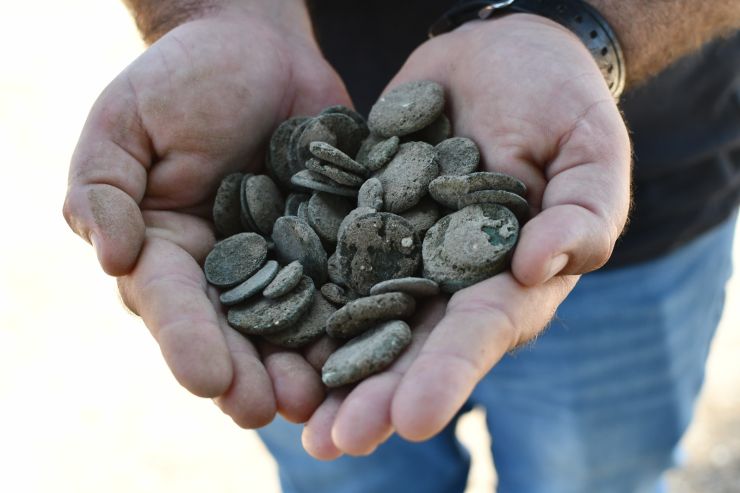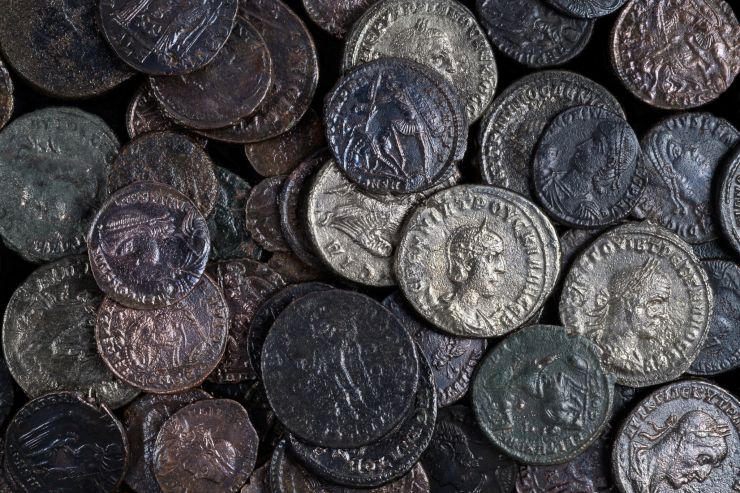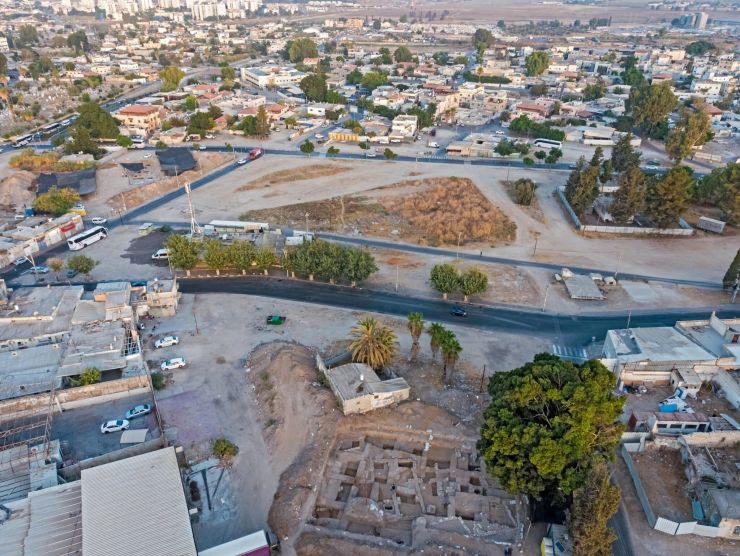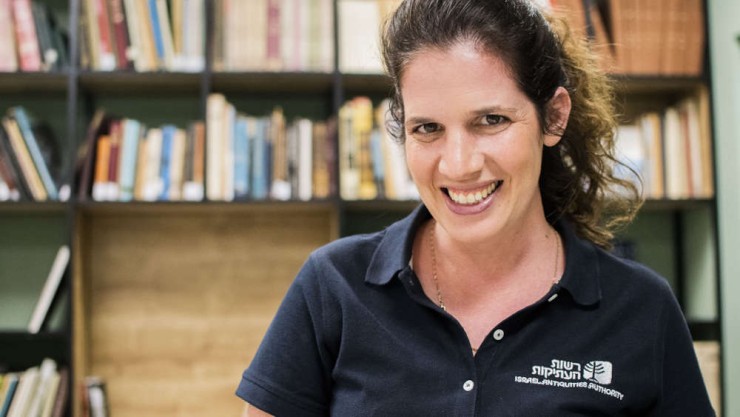A hoard of coins from the 3rd and 4th centuries as the first evidence of the Jewish revolt in Lod
Categories: Minting - Numismatics , Nálezy nejenom s detektorem na blízkém východě
Some time ago, the Israel Antiquities Authority (IAA) presented the discovery of the remains of a Jewish public building in Lod, the former ancient city of Lydda in the middle of present-day Israel. Among the most significant finds in the building are impressive stone and marble artifacts; Greek, Hebrew and Latin inscriptions and a hoard of silver and bronze coins dating from the violent suppression of the Jewish revolt.
During the excavations, a set of 94 coins dating from the 3rd to 4th centuries was discovered in the foundations of the building. They were deposited during the period of the Jewish revolt against Roman rule in the mid-4th century. In the fourth century, a revolt that was to be suppressed by Flavius Claudius Constantius Gallus, deputy emperor of the eastern provinces of the Roman Empire. The treasure was purposely hidden during this revolt: "The coins were deliberately deposited in the hope that the owner would return to retrieve them when the situation had calmed down," the statement said.
"The most recent coins date from the rebellion (351-354). The oldest coin is from 221. Although written evidence of this rebellion is sparse, there are texts that state that the great Jewish communities such as Lod, Zipori and Tiberias were completely destroyed by the forces of the Roman Caesar Flavius Constantius Gallus," the IAA document explains,
Stone and marble artefacts with texts were also uncovered on the site of the building: 'One of the inscriptions represents the name of a Jewish man from a priestly family. The text is still being examined," the IAA described. "These inscriptions, together with the complete absence of pig bones from the bone assemblage uncovered at the site, attest to the building's association with the Jewish community. This is the only witness so far to the scale and strength of the Lod uprising in the central region of the country," the statement said.
The excavation's lead archaeologist, Shahar Krispin, and archaeologist Mor Viezel jointly said the grand building likely served as living quarters for Jewish elders: "We know from Talmudic writings that Lod was the most important Jewish center after the destruction of the Second Temple in Jerusalem. This building, destroyed to its very foundations, is clear evidence that the revolt was aand that it was not just a local uprising, as some earlier studies have claimed."
Although archaeologists discovered "hundreds" of individual coins during the excavation, the hoard of 94 coins was housed in a single set. According to experts, it must have been deposited at or just before the time of the attack. According to Viezel, the coins were hardly used at all. He believes they were newly minted and stored shortly thereafter: "We see them as emergency coins. There was instability and they stored the coins to protect them. They did this in a public building. We find a lot of these treasures in synagogues because people felt that these buildings would survive and they could come back for the coins later," Viezel said.
Lod is one of the oldest cities in Israel. The site has been continuously inhabited since the Neolithic period, making excavation challenging because of the dense layers beneath the current city. "They want to build a new public building and we found an old one in its place. I'm sure there are more finds to come. We have to work bit by bit. You throw a stone in Lod and you find antiquities," Viezel described. "I don't think Lod, as an archaeological site, gets enough respect," the archaeologist added.
Roman Němec
Sources: new.coinsweekly.com, timesofisrael.com, foxnews.com
- Metal detector finds from the Roman Empire on LP: Roman Period
 Some of the coins before conservation
Some of the coins before conservation
 Shahar Krispin with part of the treasure
Shahar Krispin with part of the treasure
 Part of the coin set
Part of the coin set
 A view of the city with excavated buildings
A view of the city with excavated buildings
 Mor Viezel
Mor Viezel
The article is included in categories: